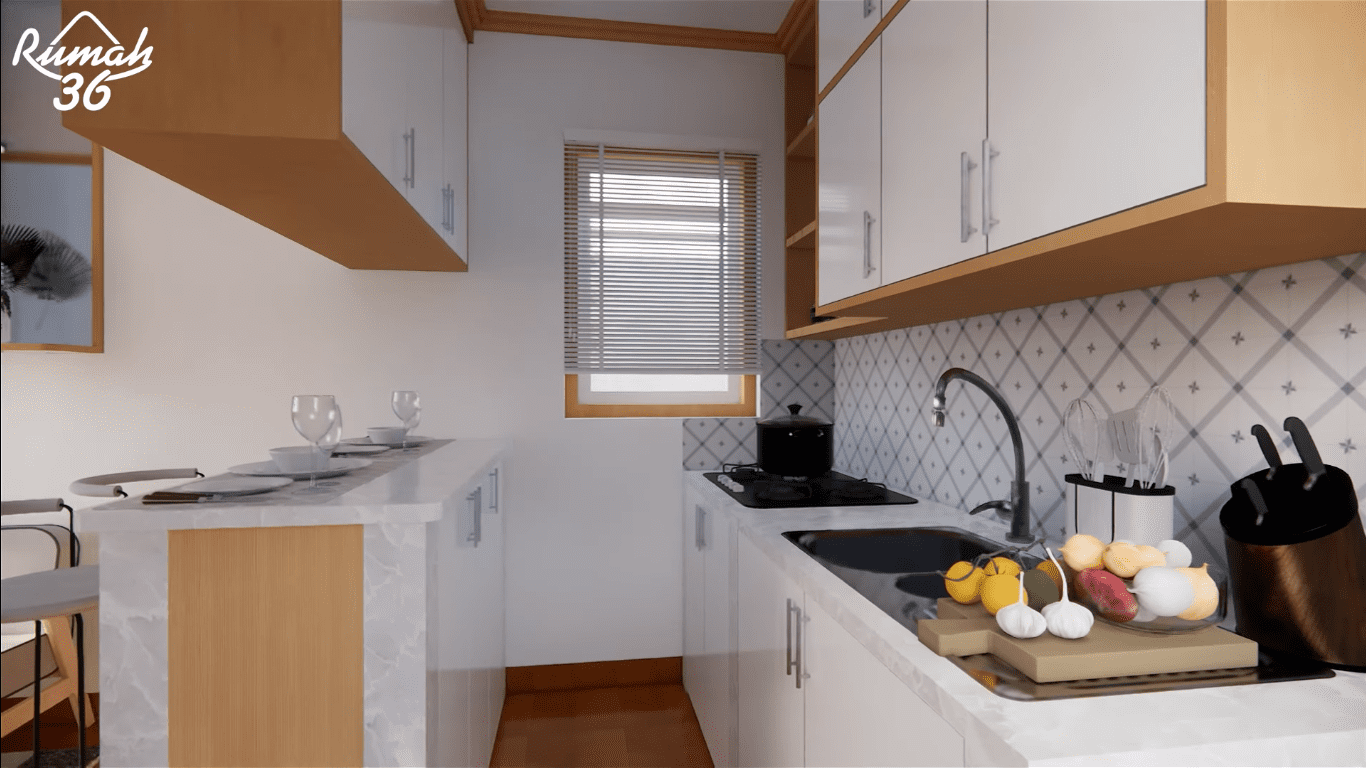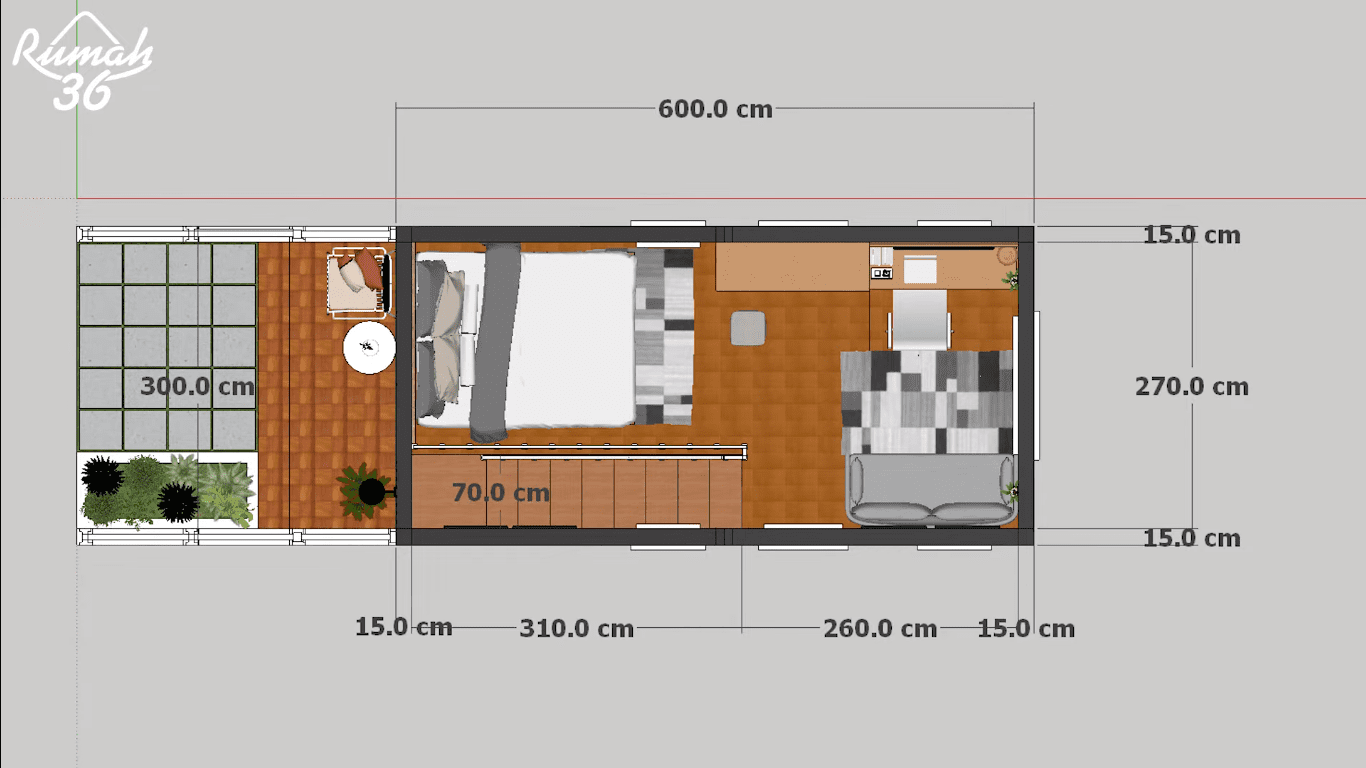Tiny houses have become increasingly popular in recent years, and one of the biggest factors behind this trend is the appeal of minimalist tiny house designs. These designs offer a great option for those who prefer to live in a smaller living space and also promote an eco-friendly lifestyle. Here’s a look at the best examples of minimalist tiny house designs.
A distinctive feature of minimalist tiny house designs is that they combine functionality and simplicity. These designs avoid unnecessary decorations and embellishments and keep their focus on basic needs and functionality. In this way, tiny house owners have a living space that suits their needs and prevents the accumulation of unnecessary items.
Generally, minimalist tiny houses adopt open-plan concepts. This makes living spaces feel larger and more spacious. Having fewer walls and partitions helps light spread better and makes the house appear larger. At the same time, this design provides a better connection between indoors and outdoor, thus providing the opportunity to experience more of nature and landscape.
The color palette in minimalist tiny houses usually consists of neutral tones. Colors such as white, grey, beige, and black create a calm and peaceful atmosphere. These neutral colors can be combined with personal decorative items or natural textures such as plants to add warmth and character.
Storage areas are also an indispensable part of minimalist tiny houses. Cleverly designed built-in closets, high-loft shelving, and built-in storage solutions keep the living space organized and useful. In this way, tiny house owners can be more organized in storing unnecessary items.
Another notable feature in the design of minimalist tiny houses is sustainability and the use of environmentally friendly materials. Recycled materials are often preferred and energy-efficient features are added. This both promotes a nature-conscious lifestyle and reduces energy costs.

Another important aspect of minimalist tiny house design is the combination of customizability and functionality. Tiny house owners can customize their living spaces according to their needs and tastes. They can uniquely design their homes with small touches such as painting the walls, adding decorative elements, or changing the furniture selection.


Minimalist tiny houses are also a symbol of sustainable living. These homes often tend to use sustainable energy and resources, such as solar panels and rainwater harvesting systems. In this way, tiny house owners have less negative impact on their environment and adopt a green lifestyle.


Another advantage is that they promote financial freedom. Tiny houses provide owners with more savings thanks to their low ownership costs and operating costs. This offers the opportunity to gain more personal time and freedom by working less. Additionally, tiny house owners avoid unnecessary consumption and develop the habit of saving by adopting a simpler lifestyle.



Minimalist tiny houses can also be suitable for families. Features like cleverly designed multifunctional furniture, high-ceiling partitions, and optimizing bedroom space allow families to adapt their tiny homes to meet their needs. This provides families with the opportunity to spend more time together and experience a simpler lifestyle.



As a result, minimalist tiny house designs offer an alternative to the fast-paced and consumer-driven world of modern life. These designs combine simplicity, functionality, eco-friendly living, and financial freedom. Tiny houses offer a great option for those who prefer to embrace a simple and meaningful lifestyle. By creating your unique design, your tiny house can become more than just a living space, it can also become a symbol of a lifestyle.

